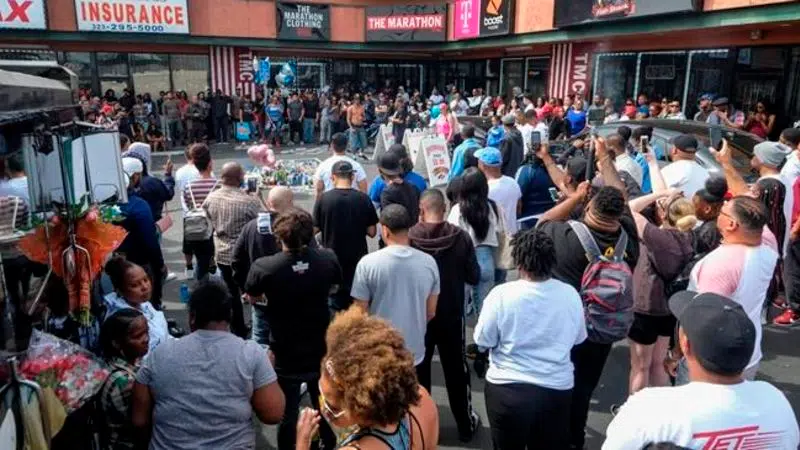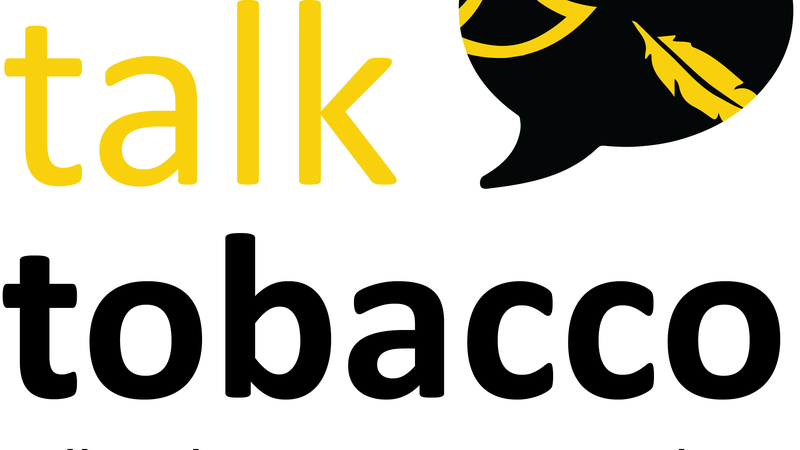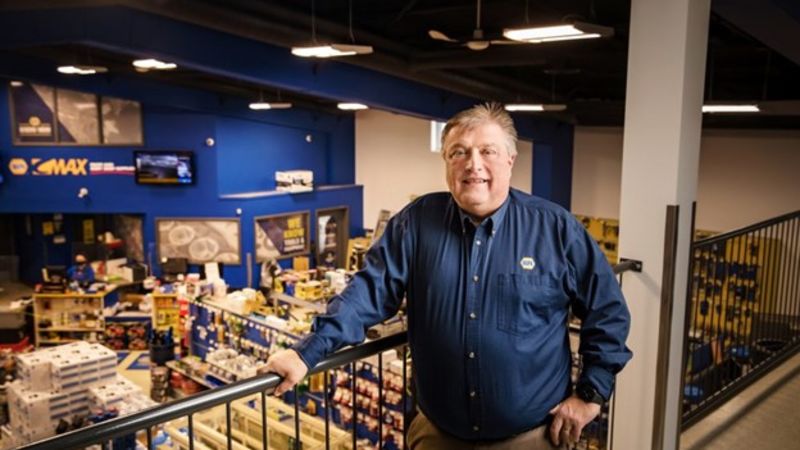
LA prepares to mourn en masse for slain rapper Nipsey Hussle
LOS ANGELES — The city of Los Angeles is no stranger to epic street gatherings for everything from sports victory parades to televised car chases.
But on Thursday it will host a much more sombre — although likely equally large — affair when it lays to rest one of its native sons, rapper Nipsey Hussle.
Following a “Celebration of Life” at the same 21,000-seat arena where pop superstar Michael Jackson was memorialized 10 years ago, Hussle’s body will be taken on a 25-mile funeral procession through many of the mean streets where he was raised and that he was trying to uplift when he was shot to death outside his Marathon Clothing store last month.



